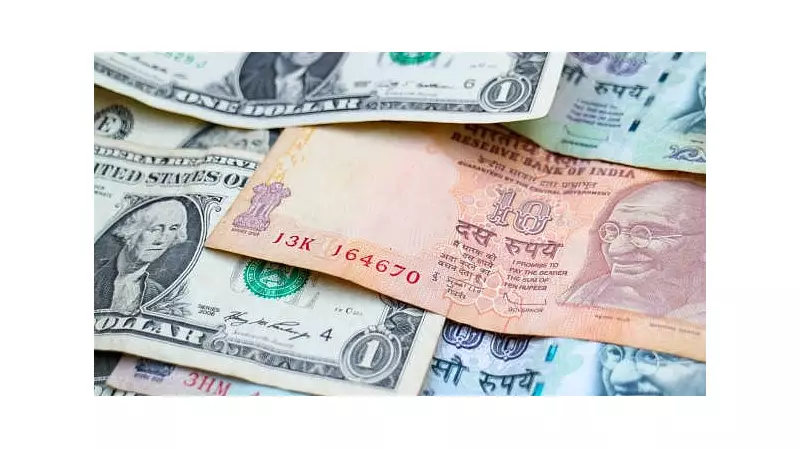
The Indian rupee extended its losing streak against the US dollar on Thursday, declining by 21 paise to settle at 88.43 in early trading sessions. The persistent strength of the American currency continues to weigh heavily on emerging market currencies, with the rupee being no exception.
Forex market analysts point to multiple factors driving this downward trend:
- Sustained demand for the US dollar from importers and corporations
- Elevated crude oil prices increasing India's import bill
- Broad-based dollar strength in global markets
- Foreign capital outflows from domestic equities
At the interbank foreign exchange market, the rupee opened weak at 88.35 against the dollar and quickly slipped to 88.43, marking a 21 paise decline from the previous close of 88.22.
Global Factors Influencing Currency Movements
The US dollar index, which measures the greenback's strength against a basket of six major currencies, was trading 0.06% higher at 105.88, adding pressure on Asian currencies. Meanwhile, Brent crude futures, the global oil benchmark, advanced 0.32% to $83.80 per barrel, raising concerns about India's current account deficit given the country's significant oil import requirements.
Market participants are closely monitoring several key developments:
- Upcoming US economic data that could influence Federal Reserve policy
- Domestic inflation figures and industrial production data
- Reserve Bank of India's potential intervention in currency markets
- Global risk sentiment affecting foreign institutional investments
Domestic Equity Market Impact
The weakness in the rupee coincided with a negative trend in domestic equity markets. The BSE Sensex was trading 157.93 points lower at 72,370.79, while the NSE Nifty declined by 46.75 points to 21,967.85. Foreign institutional investors were net sellers in the capital markets on Wednesday, offloading shares worth ₹1,356.29 crore, according to exchange data.
Forex traders suggest that the Reserve Bank of India likely intervened to prevent excessive volatility in the currency market, though the central bank's approach appears to be allowing gradual depreciation rather than defending any specific level.
Market experts anticipate continued pressure on the rupee in the near term, with the currency likely to test higher levels unless there's a significant reversal in dollar strength or substantial improvement in risk appetite for emerging markets.





